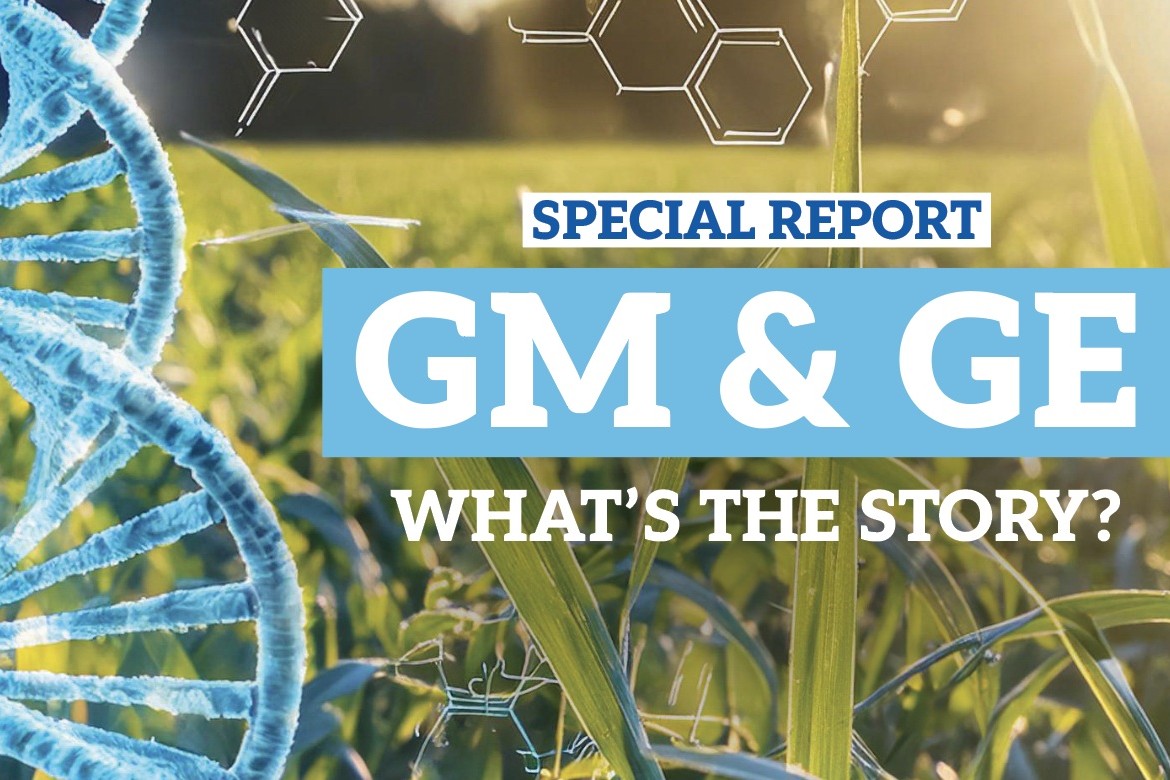Satellite technology has come a long way in 60 years and can now capture images with much higher resolution By Delwyn Dickey.
 NDVI (normalised differential vegetation index) mapping looks at the plants on the land and is a service offered to farmers using satellite technology. Values are between 0 and 1.
NDVI (normalised differential vegetation index) mapping looks at the plants on the land and is a service offered to farmers using satellite technology. Values are between 0 and 1.
LIC in New Zealand offers this service through SPACE, with Pasture.io – based in Australia also covering New Zealand, along with DCAT in the United Kingdom.
The technology was originally developed for arable crops like wheat and barley, says Armin Werner, Group Manager Precision Agriculture Science at Lincoln University, and is ideal for pasture and grass where differences in density and coverage can easily be related to yield. Dry Matter is easy to see with NVDI.
While it can also be used in places like orchards, that’s more challenging as it doesn’t relate to yield, rather growth. In apple orchards, for instance, big robust trees don’t give the highest yields as too much effort goes into new growth rather than producing fruit.
NDVI uses two wavelengths of the electromagnetic spectrum of which visible light is a part. The red part of the visible light spectrum is correlated to the ground and biomass. Infrared light sits close to visible light on the spectrum, and the lower areas of near-infrared light gives a correlation to the amount of water in the plant.
Satellite cameras have been around for 60 years, as long as satellites, and have become much more sensitive over time. They can also now capture images with much higher resolution – down to less than 30cm. This enables them to calculate the amount of standing biomass to a very high degree.
Making sense of the data is where the companies selling NDVI services come into it. Different parts of the country will have different calculations attached to them to come up with the correct amount of dry mass – garnered from years of manual data and other measurements. They also have different calculations for different countries – Australian pasture compared to New Zealand pasture for instance.
But it’s not just pasture differences that count.
Twenty years ago Australia and NZ developed a programme ‘Pasture from Space’ which is still used today in Australia. NZ has too much cloud cover for the programme to be useful and it is no longer used here.
Cloud cover is the bane of NDVI as it can leave gaps in the data.
“Dairy farmers want to know the 7-10 days amount of biomass to prepare their feed wedges. Knowing which paddock is ready first is an important part of management. But cloud cover can leave you with no data for a couple of weeks or more,” Werner says.
To compensate for these gaps the companies have produced computer modelling, though they are not as accurate. For his part Werner believes satellites are the future of farming in NZ but satellites need to move beyond visual imagery – to ‘see’ through the clouds, he says.
Werner is not alone in his thinking.
Lincoln’s Agritech is looking at developing a combined tool of NDVI-type assessment with optical sensors from satellites with microwaves/radar that can ‘look’ through clouds.
Under the leadership of remote sensing specialist Dr Francelino Rodrigues and radar specialist Yiwen Zhou, they have set up a consortium and designed a research programme for this, and plan to approach the Ministry of Business, Innovation and Employment (MBIE) for an Endeavour grant to get this new research underway.
While it’s likely it would take five or so years to develop, it would overcome challenges around hilly areas, and be of use for sheep and beef farmers, Werner says.
Eyeballing and other measurements
Satellites aren’t the only way to measure pasture growth.
Some farmers do tried and true eyeballing, or grass height on the gumboots, while others use rising plate meters.
Relatively new to the market is Farmote which measures density across a paddock from a single spot, as can the Grass Master Pro.
Then there are the faster options which can be towed behind quads like Pasture Meters from C-Dax.
“All of these sensors have their strengths and weaknesses,” Werner advises. “As long as they are used properly and well-calibrated to the manufacturer’s specifications they deliver comparable and good data.”
Senior Scientist with DairyNZ Callum Eastwood recommends farmers discuss farming tools with their neighbours, and farm groups before investing in them to find which best suits their needs and which products are most durable.
“Unfortunately we don’t have an independent research group like Consumer for farmers.”





